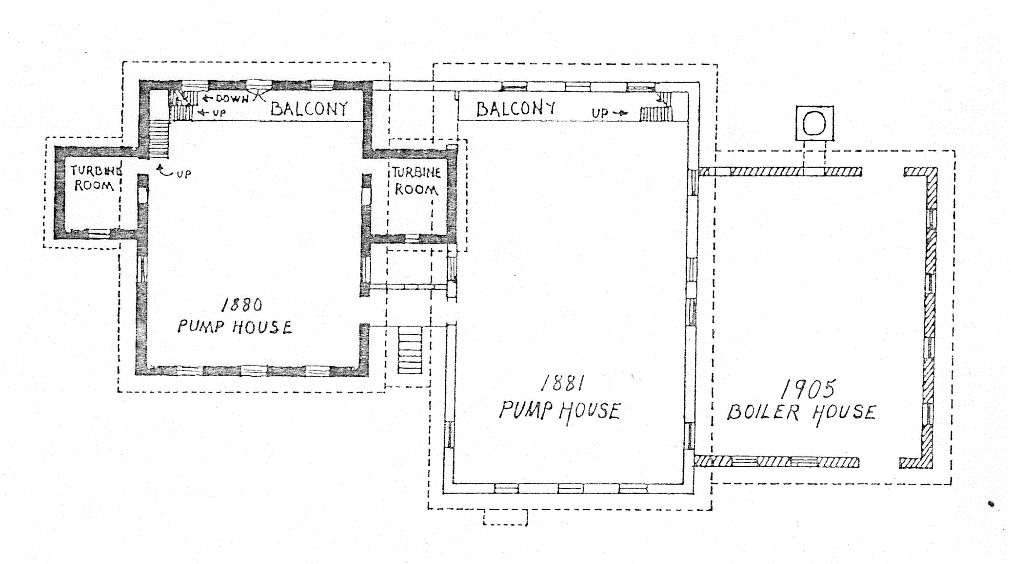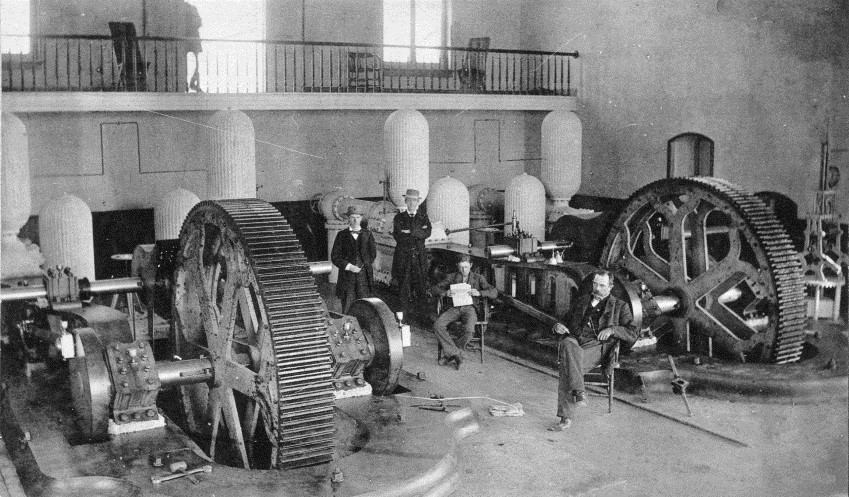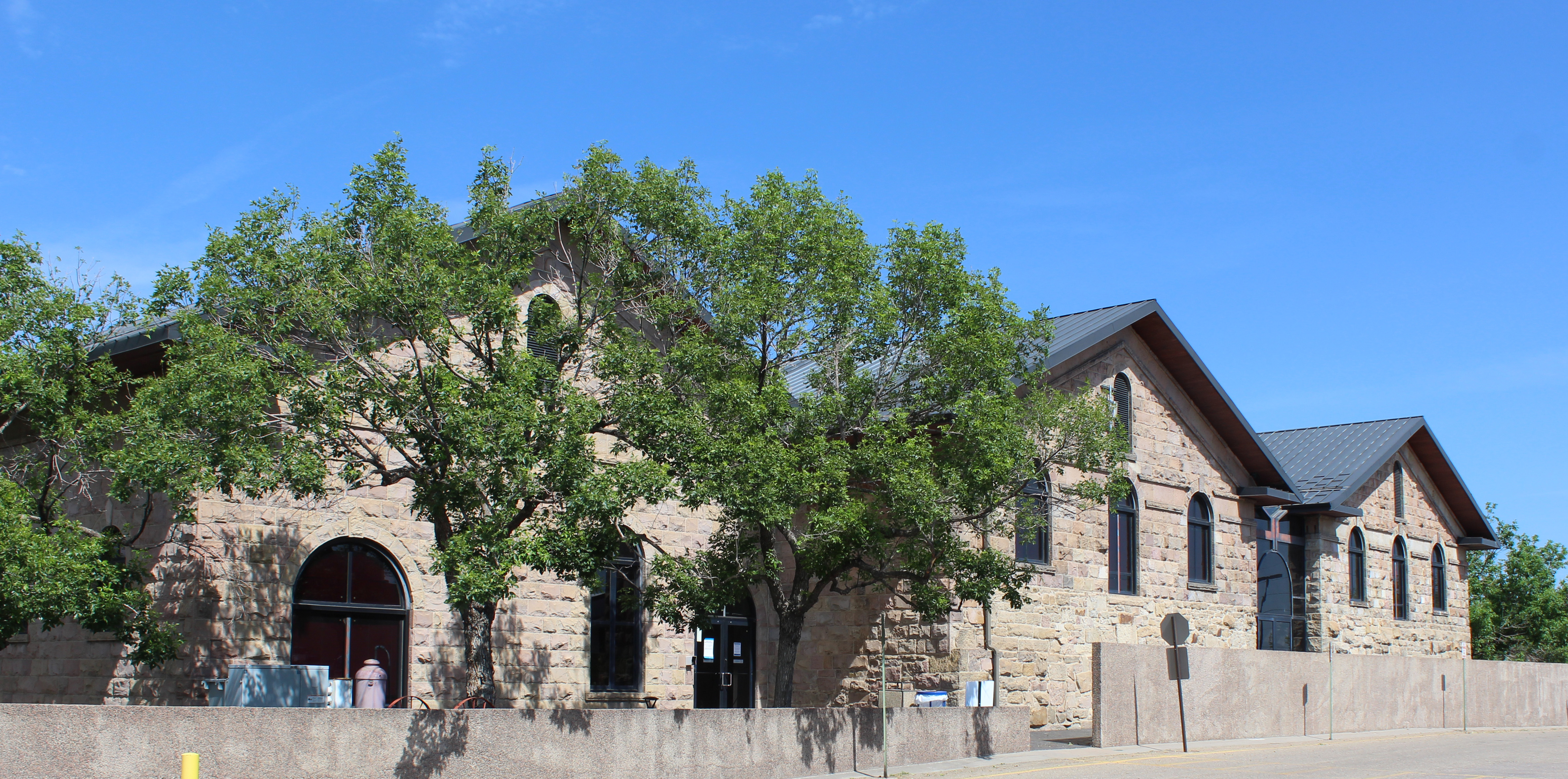
If these walls could talk, they’d share past lives
We love to see old buildings find new life.
Have you been in the Denver flagship REI store at 1416 Platte St.? It was once home to the Denver Tramway Company, housing power turbines for the city’s streetcar system. And what about the restaurant, Linger? It, along with a number of other hip businesses and eateries, is housed in the former Olinger Mortuary above I-25.
And then there’s the trio of buildings at Denver Water’s downtown operations complex. They’ve been in operation for almost 100 years, and even outdate Denver Water itself.
The Three Stone Buildings, as they are called, have evolved four times since the late 1800s.
In 1870, Col. James Archer founded the Denver City Water Company to serve the Denver population of approximately 5,000 residents with water pulled off the nearby South Platte River. The first pump station was located at 15th Street and Bassett Street, but as the population boomed to an estimated 36,000 people between 1870 and 1880, planners determined they needed a second pump station — and new location.
Located near 12th Avenue and Shoshone Street, the new pump house and turbine rooms were built in 1880, with a second building added in 1881. The third building, a boiler house, came in 1905, completing the Three Stone Buildings. Each was constructed using rhyolite stone from Castle Rock, Colorado, with the Italianate architecture style.
Denver City Water Company was part of a collection of water providers, known as the American Water Works Company of New Jersey. Disputes over ownership resulted in the creation of the Citizens Water Company in 1889. Citizens Water Company and American Water Works Company merged to form the Denver Union Water Company in 1894. Political scheming and legal battles blocked attempts of purchase by the City and County of Denver. In the end, Denver residents voted to buy the Denver Union Water Company in 1918, creating a five-member Board of Water Commissioners and what is now Denver Water.
The Three Stone Buildings remained in operation until 1933, when Denver Water changed to a gravity-fed system, pulling water from the Rocky Mountains. But that wasn’t the end for the pump houses and boiler room. They were converted to a carpentry shop, a heating plant and a storage garage in 1938.
In 1983, the buildings morphed again, into a medical clinic, conference rooms and credit union, with additional stone work added to create surrounding barrier walls and walkways.
Today, the buildings are very much alive, housing three conference rooms, a health clinic and a small gym for employees. The largest room, now referred to as the Cheesman Room, still retains the upper balcony from its original pump house days.
Explore the Cheesman Room in the video below. Note: This 360° video is best viewed on a mobile device.




